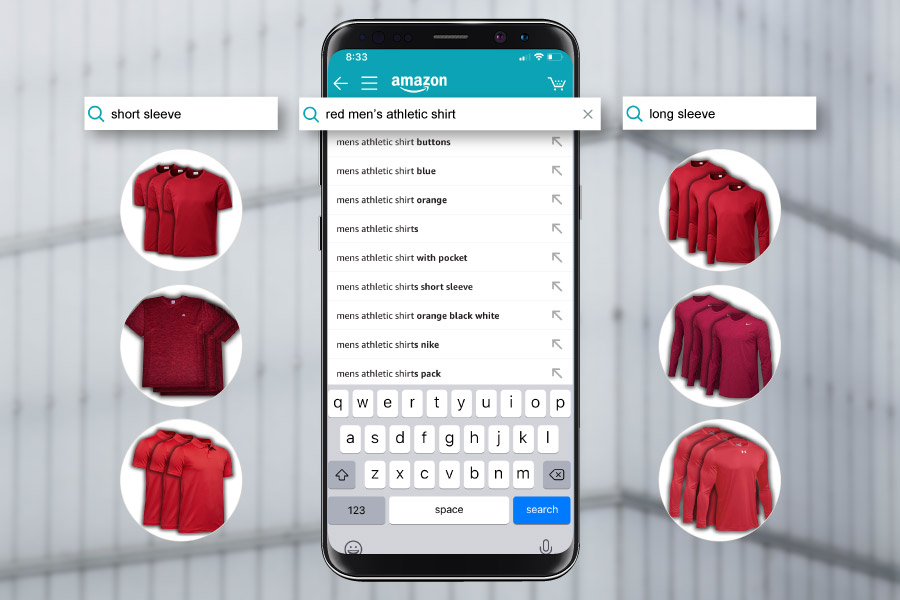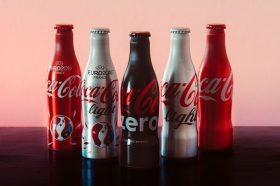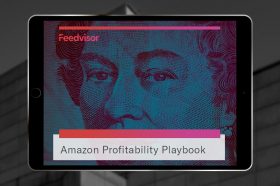Resources - Blog
Is It Bad to Have the Same Keyword in Different Amazon Ad Groups?

Unfortunately, like many aspects of Amazon, there is no “one-size-fits-all” solution for structuring your campaigns and ad groups. The latter allows you to organize and manage your Sponsored Products within a campaign — they can be used to group your ads together by brand, product, category, price range, or other unique classifications like theme or targeting strategy.
Every Amazon Sponsored Products campaign includes one or more ad groups. The first one is automatically created when you make the campaign and, from there, you can add additional ad groups to the campaign once it has been saved. Amazon recommends creating ad groups with products that fall in the same category, whether you are using automatic or manual targeting or a combination of both strategies. Doing so will allow you to improve your bidding strategy, relevancy, and overall targeting capabilities.
Your ad is served to consumers when the bid you set is triggered by an ad group’s keyword or product targeting qualifications. In automatic campaigns, you can apply one bid to the entire ad group or leverage one of the four auto-targeting options for product attribute targeting (PAT). With manual campaigns, you can select a group of keyword or product targets to apply to all of the products in the ad group.
Bidding on the Same Keyword in Different Campaigns
However, there is one common question many sellers ask themselves: Is it risky to have the same keyword in multiple Amazon ad groups?
While it is a very common question and should be addressed, there is no direct, clearly defined answer. Although it should be fine to have overlapping keywords in various Amazon ad groups, as long as the keywords are relevant to the products in the ad group, you would need to experiment on your own and track relevant analytics to truly know. It is critical to note, though, that in a manual campaign, once an ad group becomes a keyword-targeted ad group, you cannot add product targets for PAT and likewise, once an ad group utilizes PAT, it is like that permanently and cannot incorporate keyword targets.
With ad groups, you should focus not on the keywords but rather on only the products associated with the ad group. For example, if you are an apparel company selling shirts, one ad group could include all of your red shirts and the keywords should be relevant to each product included. You can also break it out even further, creating ad groups for your short-sleeve red shirts, long-sleeve red shirts, long-sleeve black shirts, short-sleeve black shirts, and so on.
You can get even more granular based on product characteristics. For example, an ad group could be collared, short-sleeve red shirts. The ad group is meant to pertain to a grouping of similar, closely related products, preferably under one parent ASIN. Amazon recommends adding as many similar products to the ad group as possible with manual campaigns because you have a higher likelihood of receiving ad impressions when the products share the same keywords.
Your success, though, will ultimately come down to how you bid on each particular keyword, a process that will vary based on the campaign strategy and pricing of the group of products, among other variables. Your performance will be determined by how much or how little you bid on the keyword once it is in the ad group. For example, you may sell a luxury shirt that you are willing to bid higher on, given that a single sale will drive revenue and an optimal ACoS, while bidding on a generic, lower-priced shirt may yield an ACoS that is not profitable.
Final Thoughts
When naming the ad group, use a name that is descriptive and will resonate with you. The ad group name must be unique within each campaign, but you can use the same ad group name in different campaigns. When it comes to the keywords themselves, you can use Amazon’s suggestions, your own keywords, negative keywords, or keywords relevant for product attribute targeting.
Be sure to ask yourself if all the products contained in the ad group are related to each other and confirm that the keyword or ASIN targeting strategy in the ad group can apply to each product. By narrowing your campaigns down to specific ad groups, you are effectively aiding your overall campaign structure and ensuring that your ads are relevant to target audiences.
Learn what Feedvisor can do for your business.
When you partner with Feedvisor, you automatically receive access to our true, AI-driven technology and hands-on team of e-commerce experts. Contact one of our team members today to learn more about our end-to-end solution for brands and large sellers on Amazon, Walmart, and e-marketplaces.



